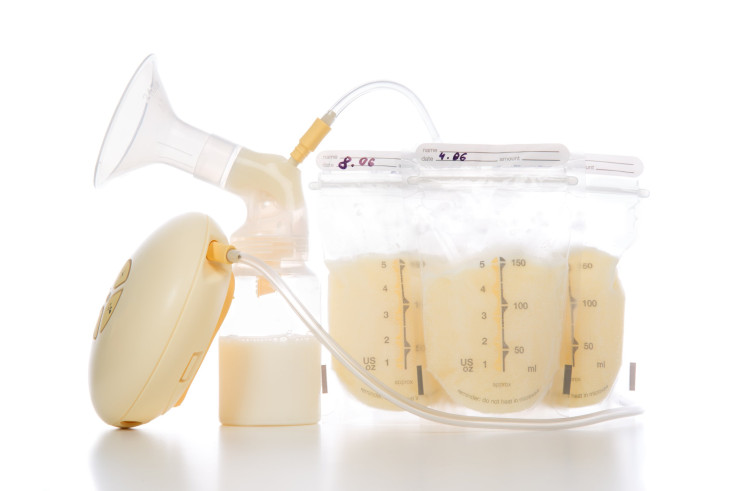Breast Milk Bank Popularity Is Soaring Thanks To Safer Screening And Support From Doctors

Breast milk banks are more popular than ever thanks to a number of reforms in safety regulations and support from pediatricians. The banks serve as a wet-nurse figure, accepting milk from mothers who no longer need it, and providing it to those that do. Five new milk banks are expected to open this year, which will bring the total number of nonprofit milk banks in North American to 22.
Recent Resurgence
Breast milk banks date back to the 1980s. During this time period, as many as 50 banks could be found in the U.S. and Canada. Health scares such as HIV/AIDS and hepatitis caused nearly all of the milk banks to be shut down. Their resurgence is partly thanks to new research that proves the benefits of donated milk. “It’s now irrefutable that in absence of mom’s own milk, donor milk increases survival rate and improves development of vulnerable infants,” Kim Updegrove, president of The Human Milk Banking Association of North America, explained, HealthDay reported. A 2012 statement from the American Academy of Pediatrics, which announced American doctors’ approval of milk donating, has also helped the banks become popular again.
Safety
Breast milk banks are viewed as a safer alternative to the online breast milk sharing. In online forums, breast milk exchanges are unregulated and put babies at risk for exposure to bacteria and diseases. Breast milk banks have strict regulations regarding their donors and their milk preservation methods. According to the Human Milk Bank Association of North America’s website, women who want to be donors need to undergo intensive blood screening done to check for contagious diseases and infections. Women who smoke, drink, or have lived in certain areas of the world for extended periods of time, are just some examples of women who are not allowed to donate their milk. Once the milk is donated, it is pasteurized before it is frozen and distributed.
Challenges
Although the numbers are increasing, these breast milk banks still face many challenges. One of the most difficult hurdles is spreading the word to mothers that these banks exist. Many people end up getting rid of much of their unused breast milk because they are not aware of donation possibilities. “I long to hear milk banking has become as common as blood banking, where everybody knows about it,” Updegrove explained to HealthDay. Money is also a major issue for these banks. They struggle coming up with ways to pay for donor screening, processing the milk, and shipping it to families and hospitals. Medicaid and private health insurance companies often don’t pay for the milk costs.
Success
Despite the slow beginnings and recent challenges, the North American breast milk banks are thriving. As reported by the Portland Business Journal, the Northwest Mothers Milk Bank in Oregon has had an extremely successful year. In 2013, the bank expected to screen about 40 mothers but instead saw 122 new volunteers. Another 79 mothers are projected to sign up for screening by the end of this year.
Whatever their reason, more women are opting to donate their extra breast milk. “Realizing I was going to have more milk than I needed for my baby, the first thing I thought of was the milk bank. I figured some of this milk could be used for other babies in need,” Dr. Emily Puterbaugh told HealthDay.



























